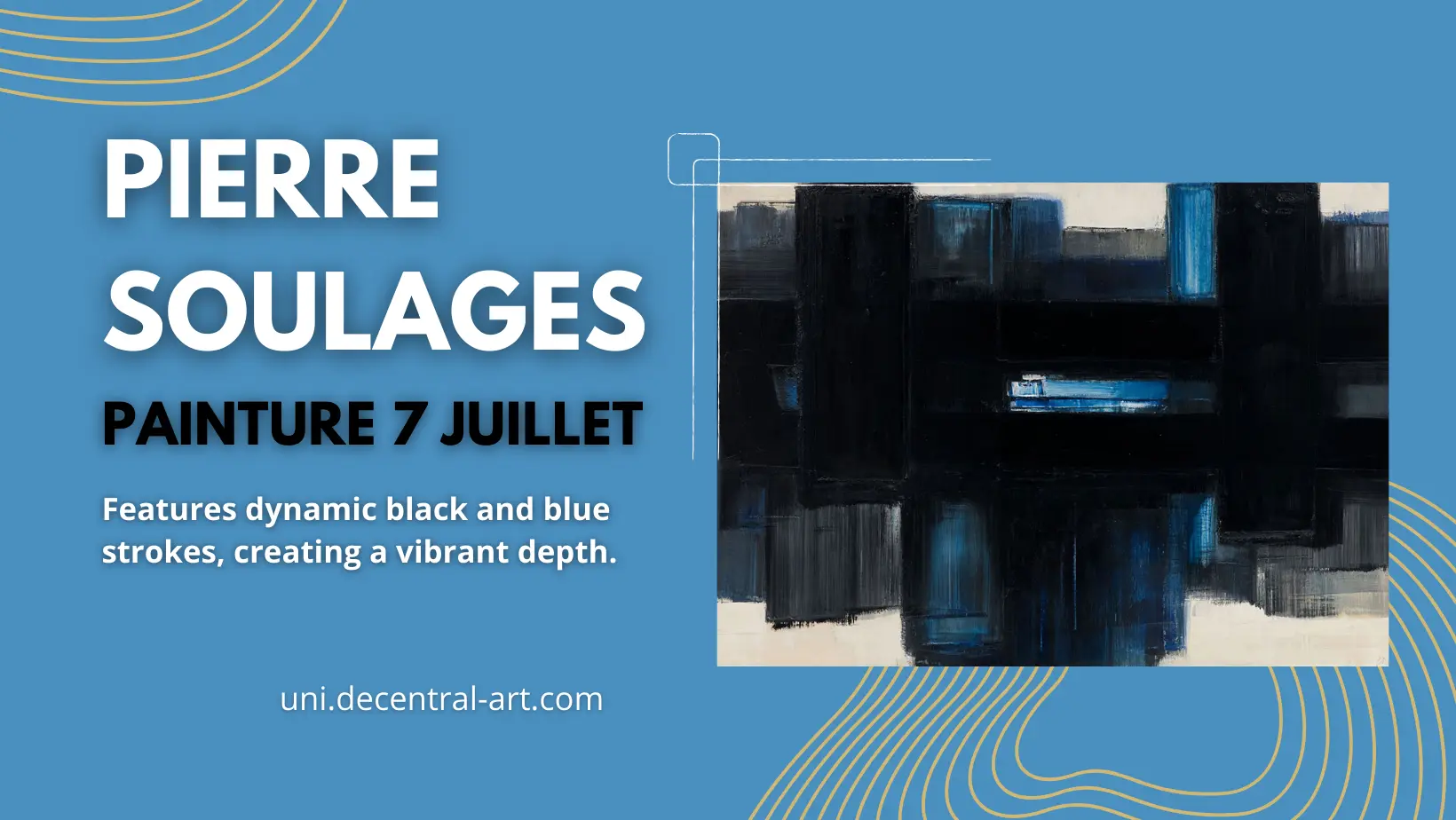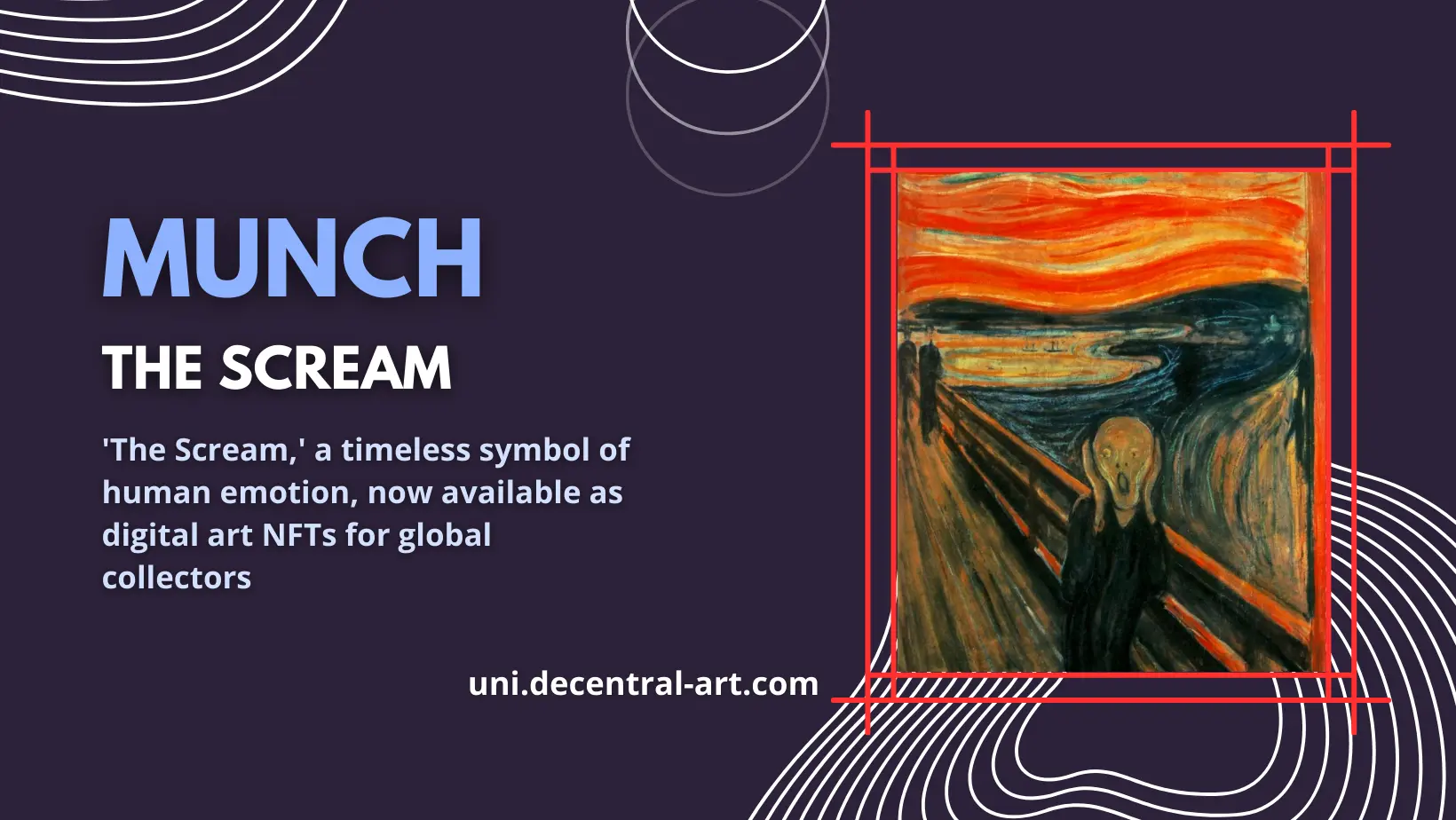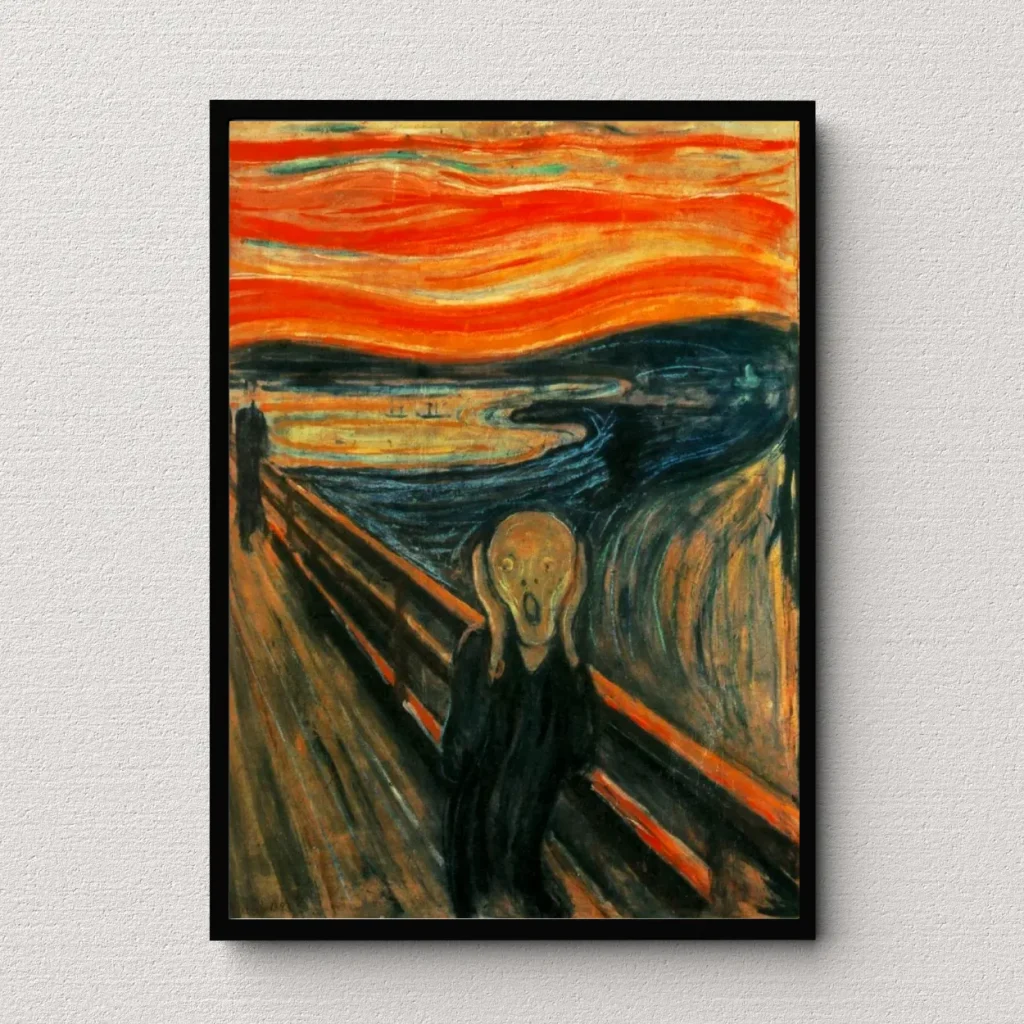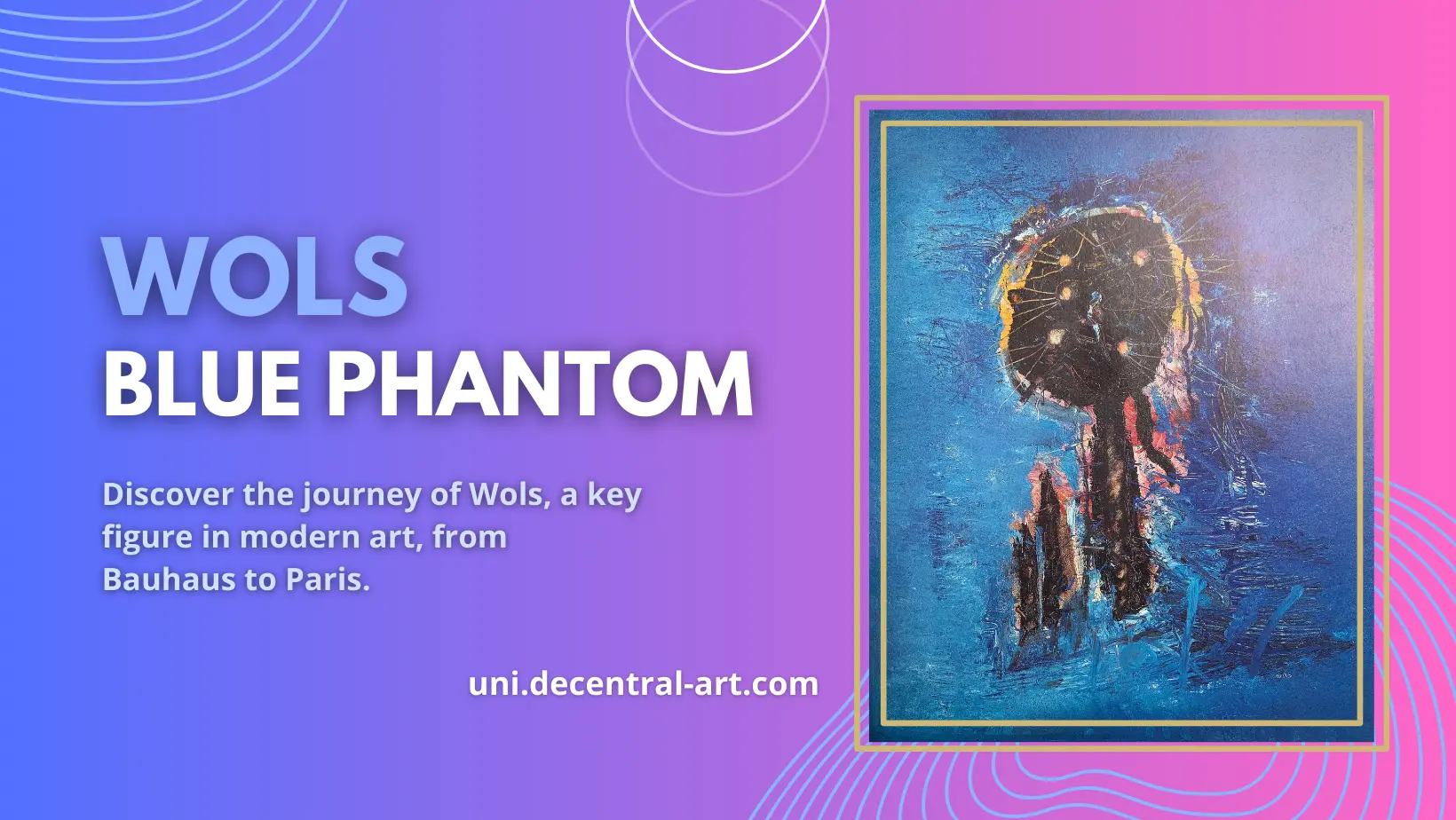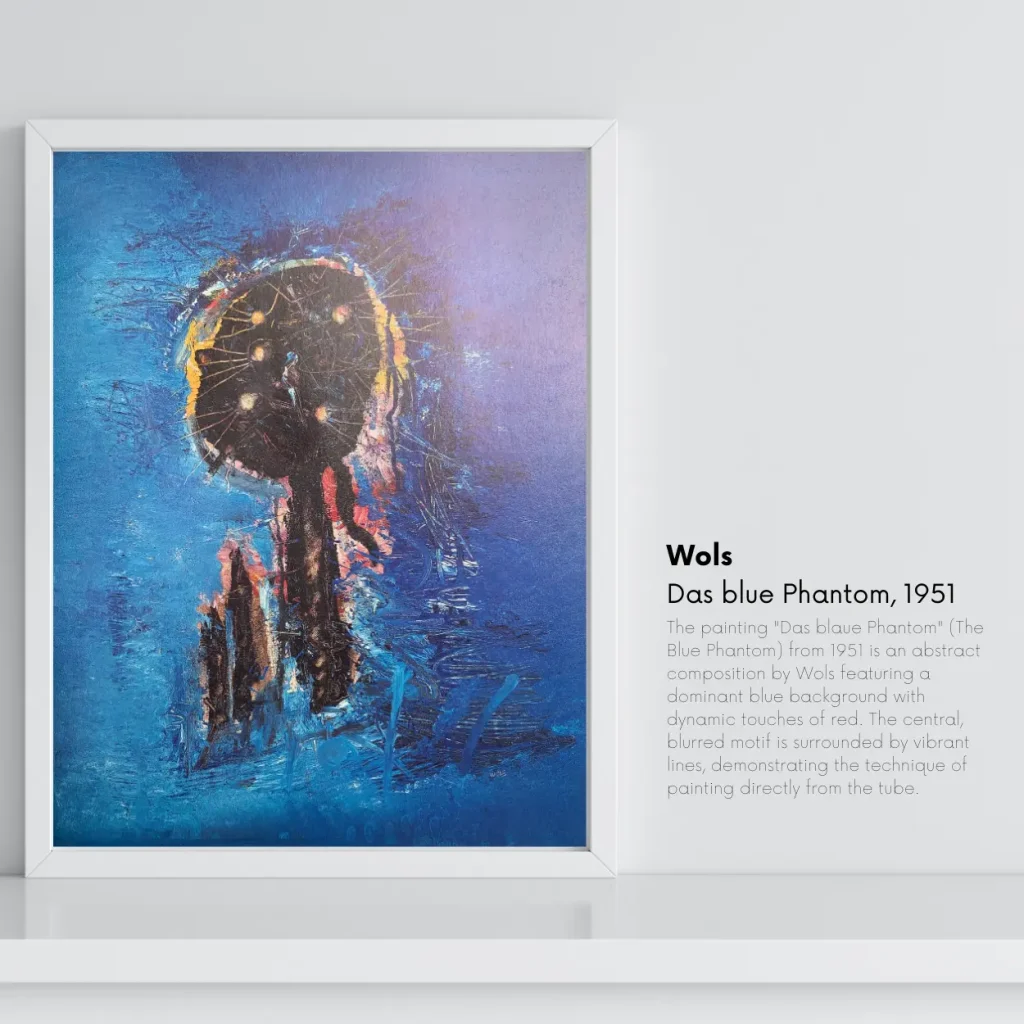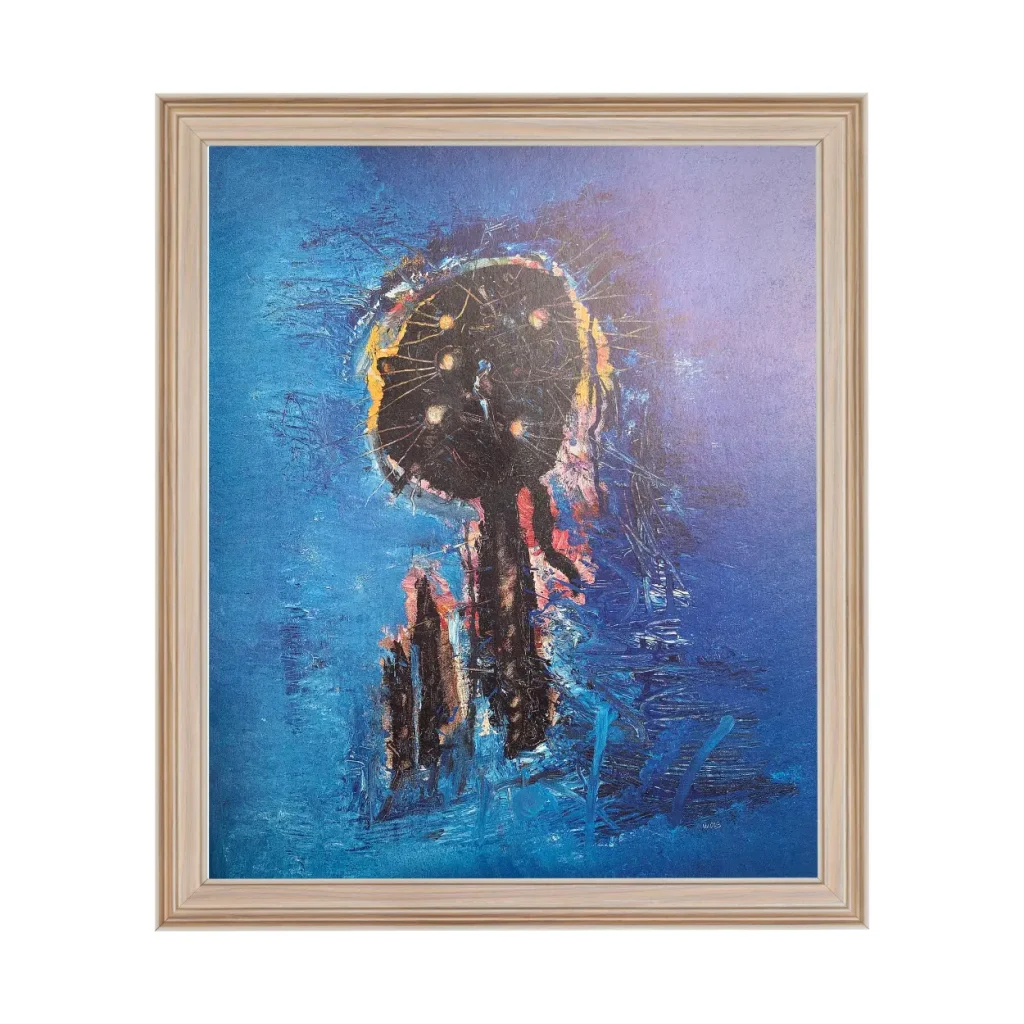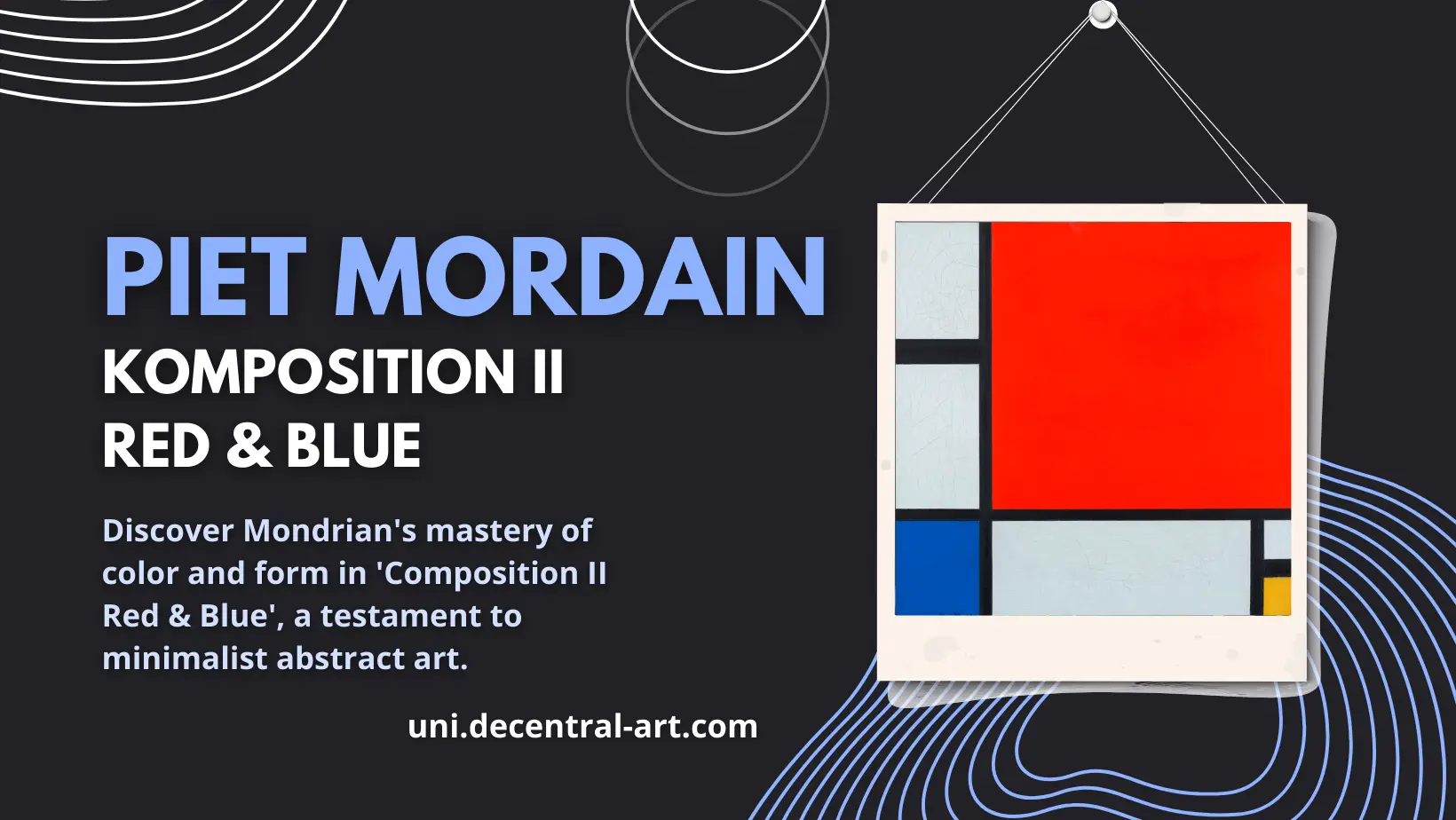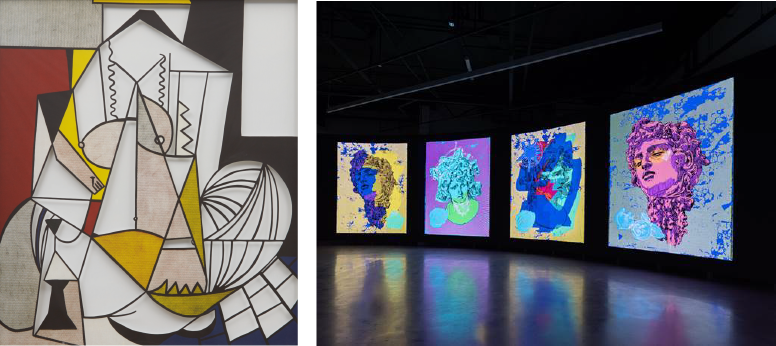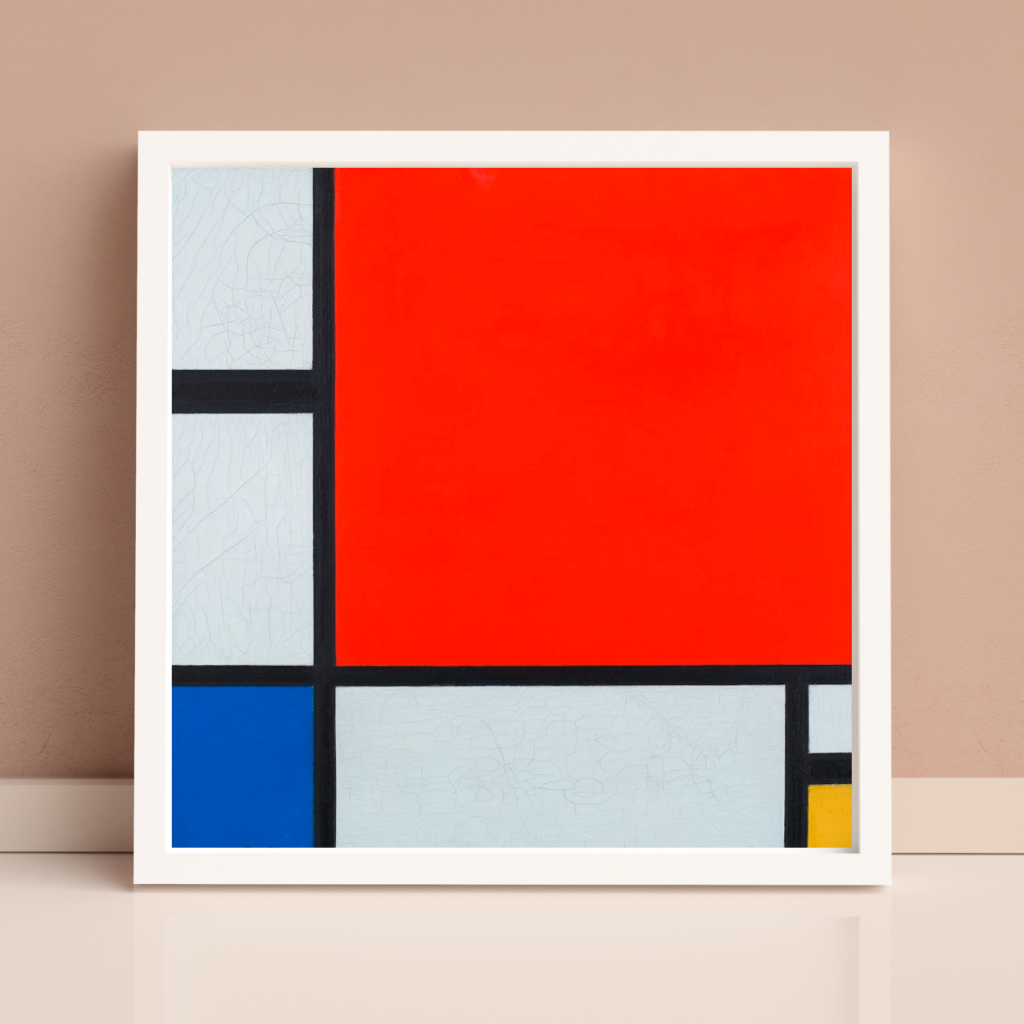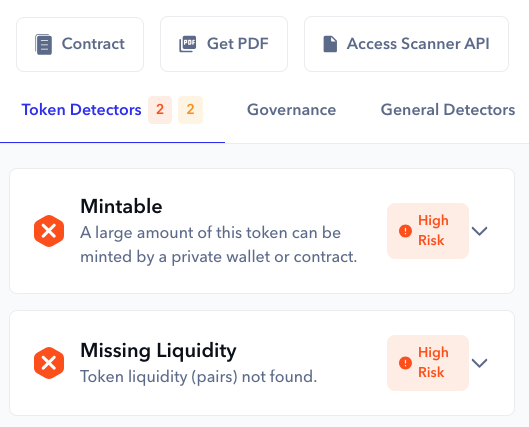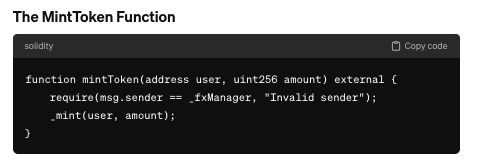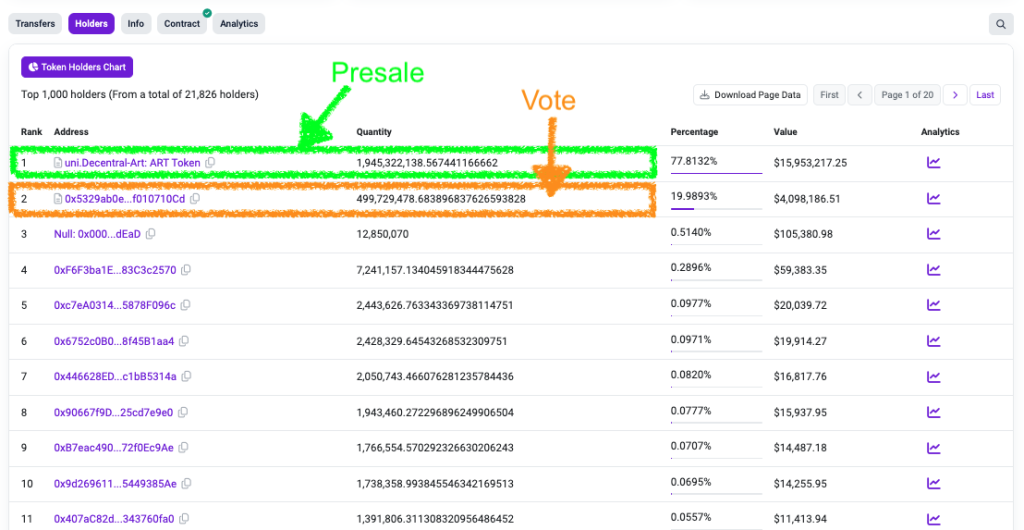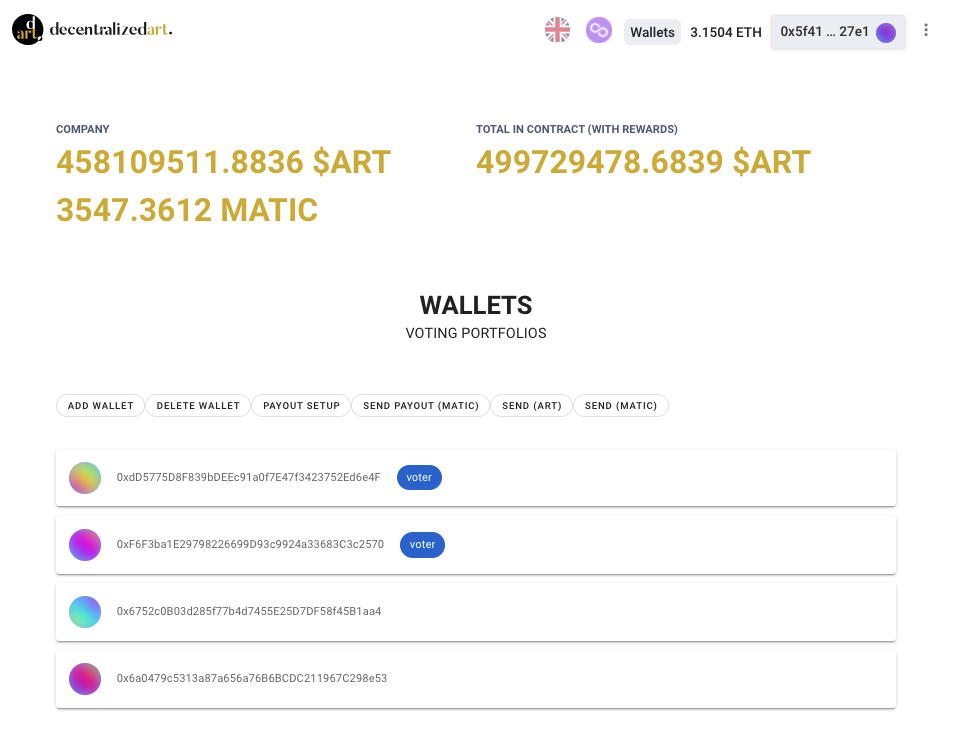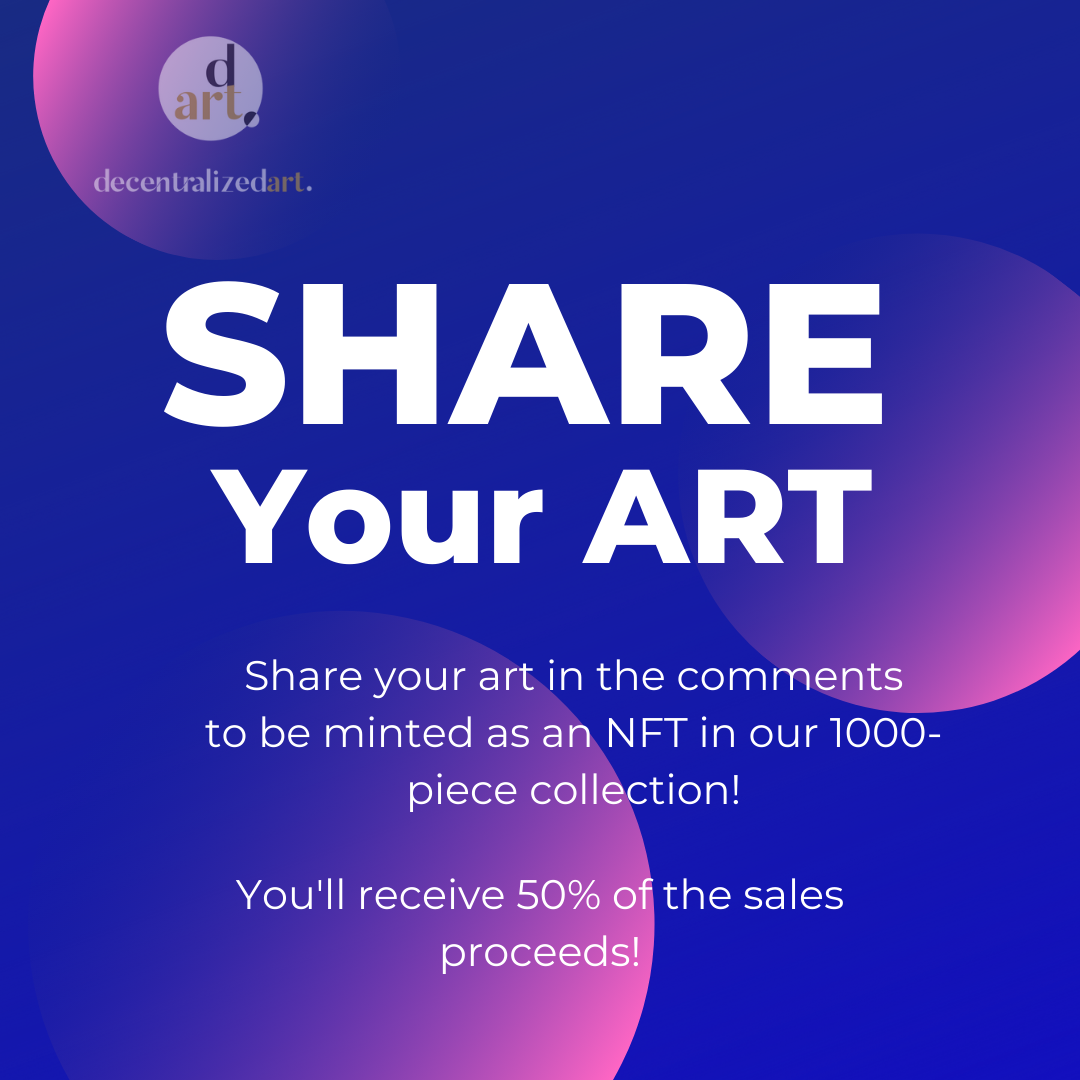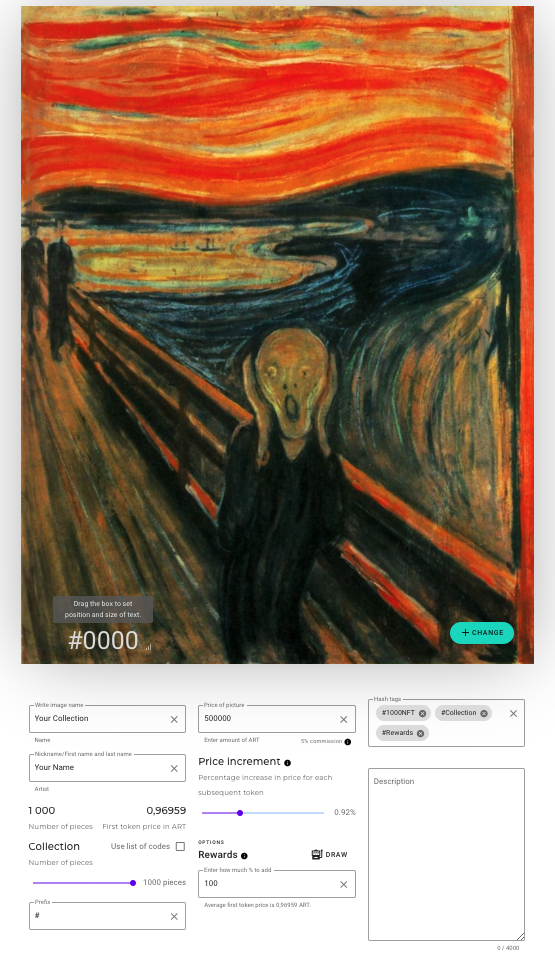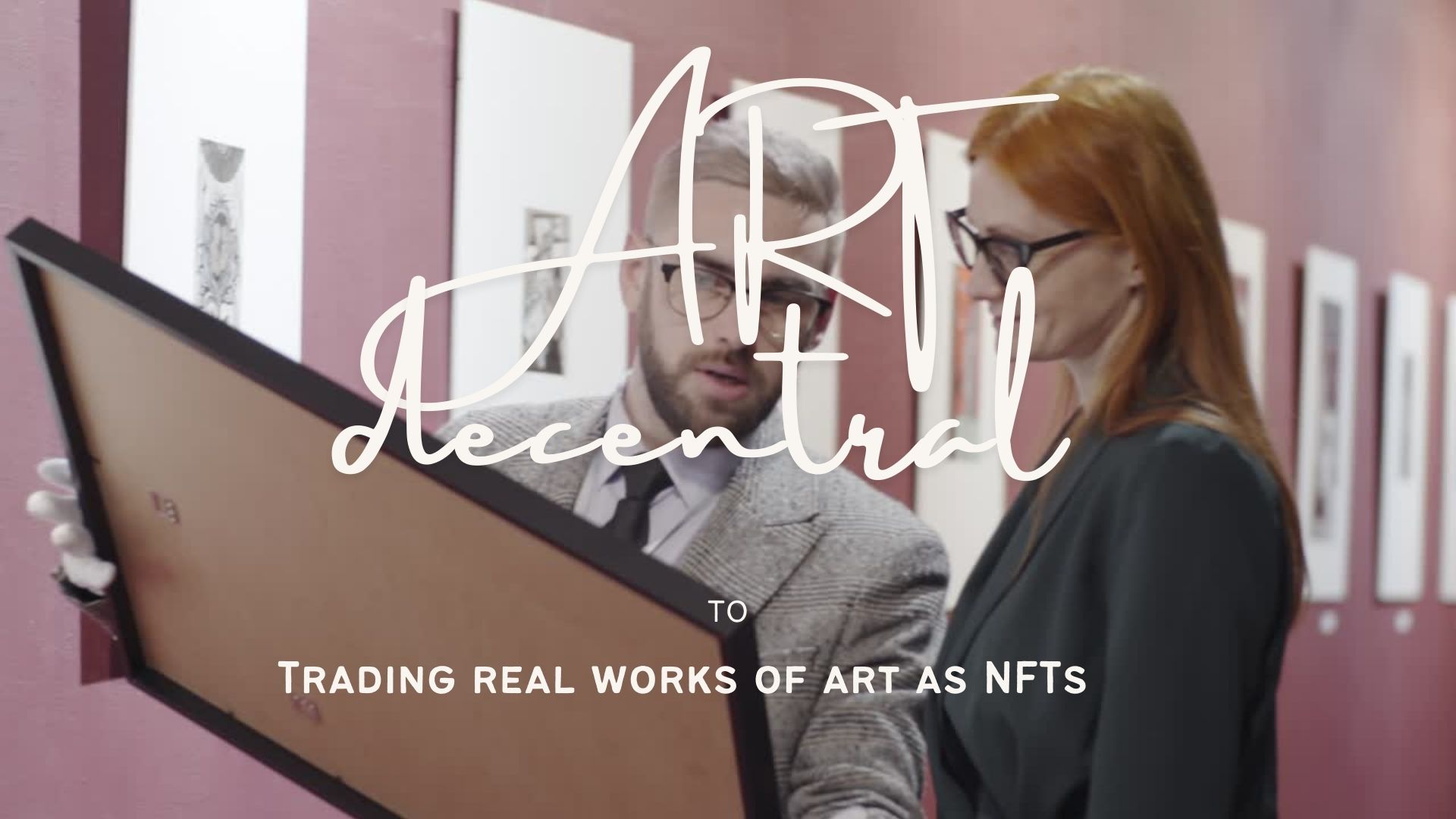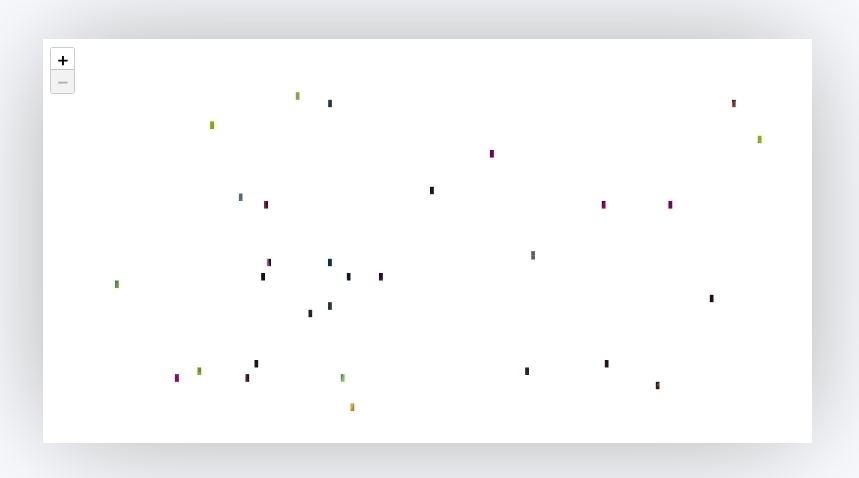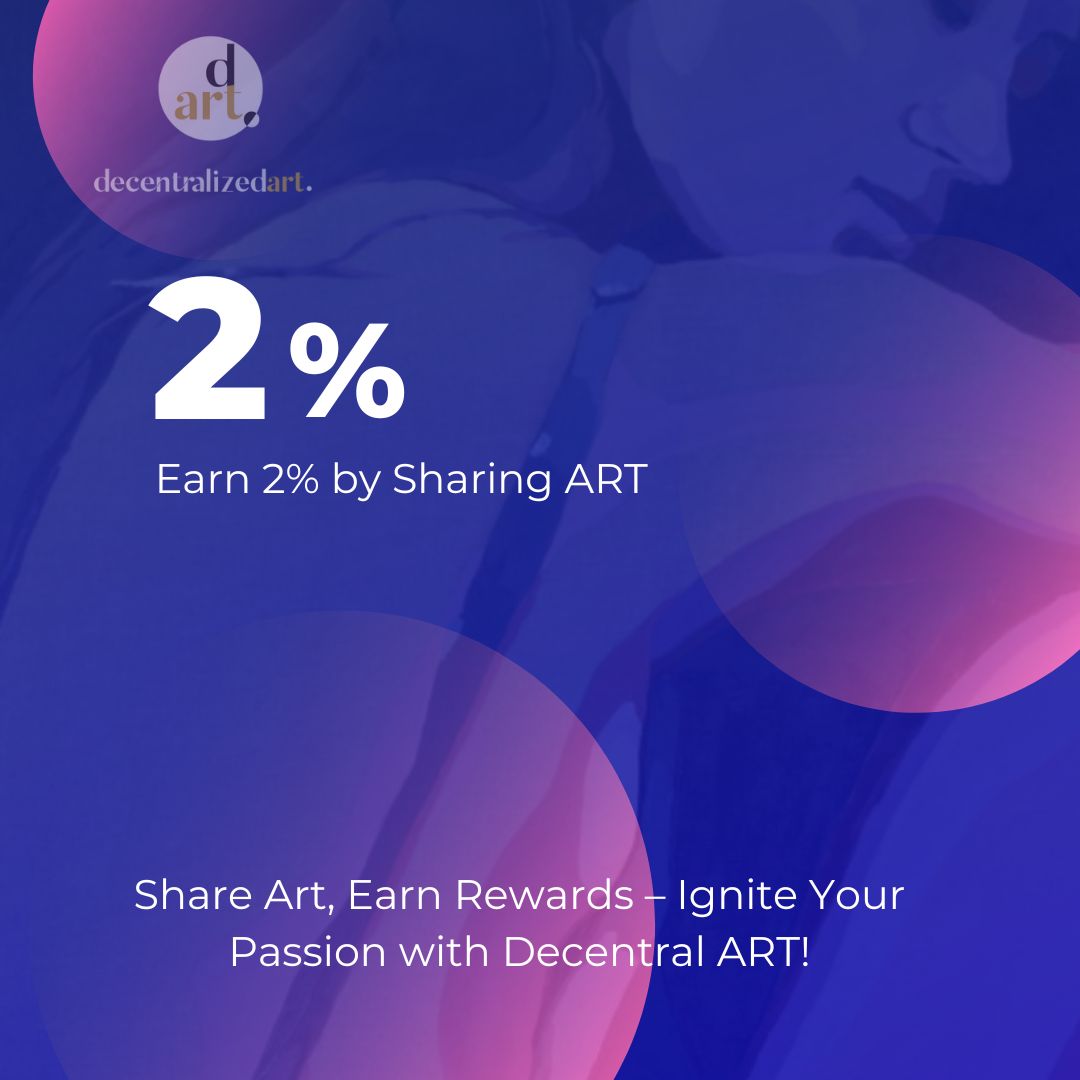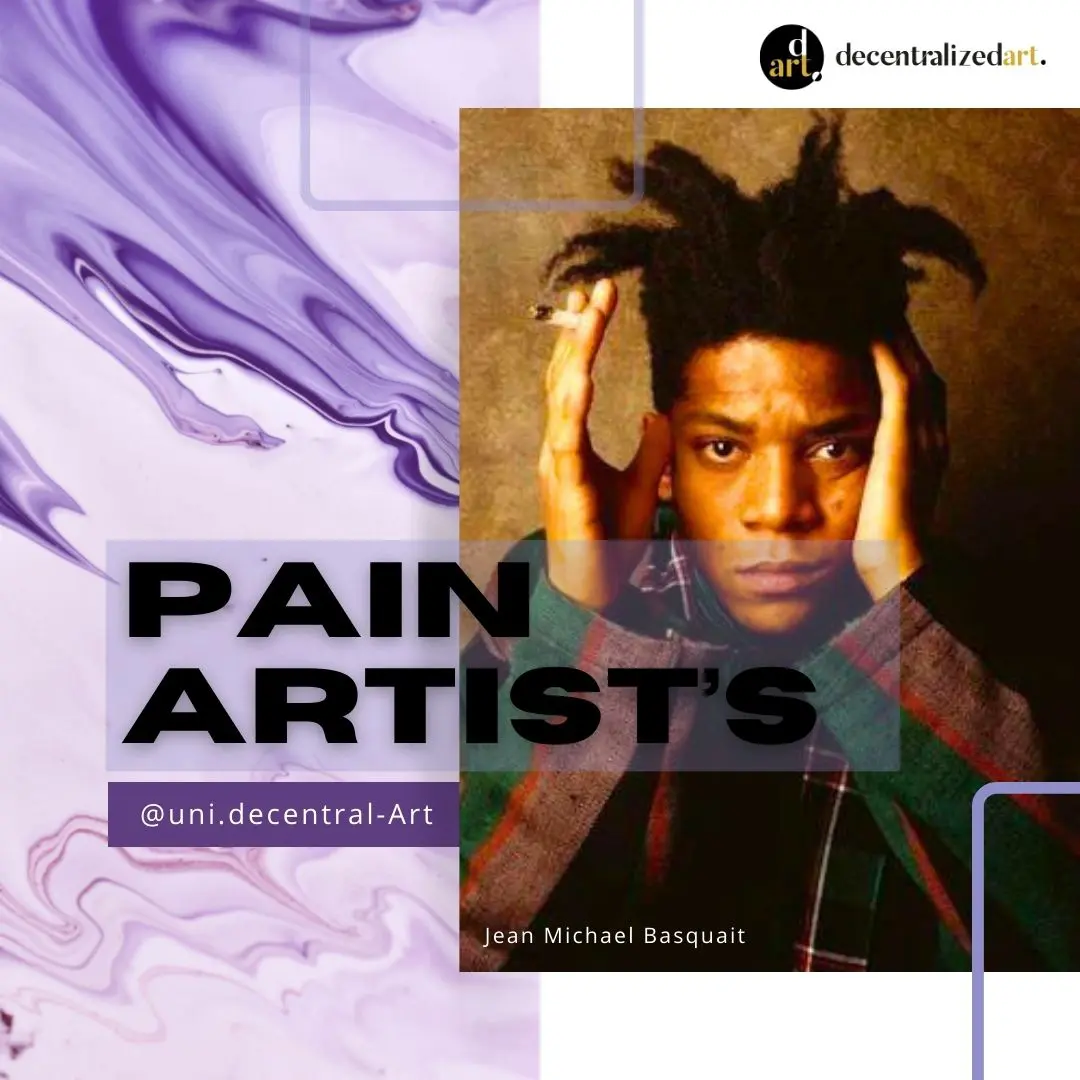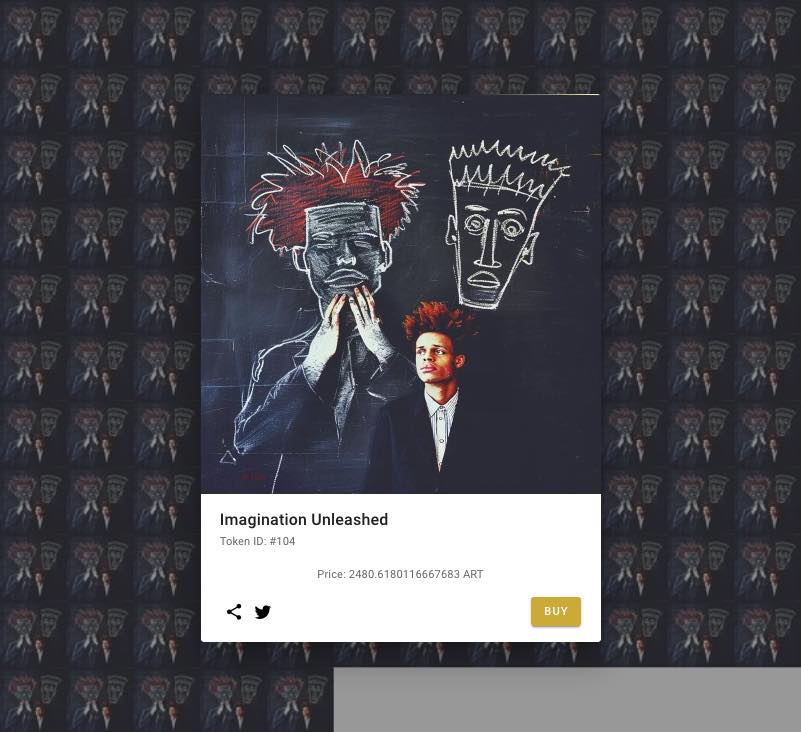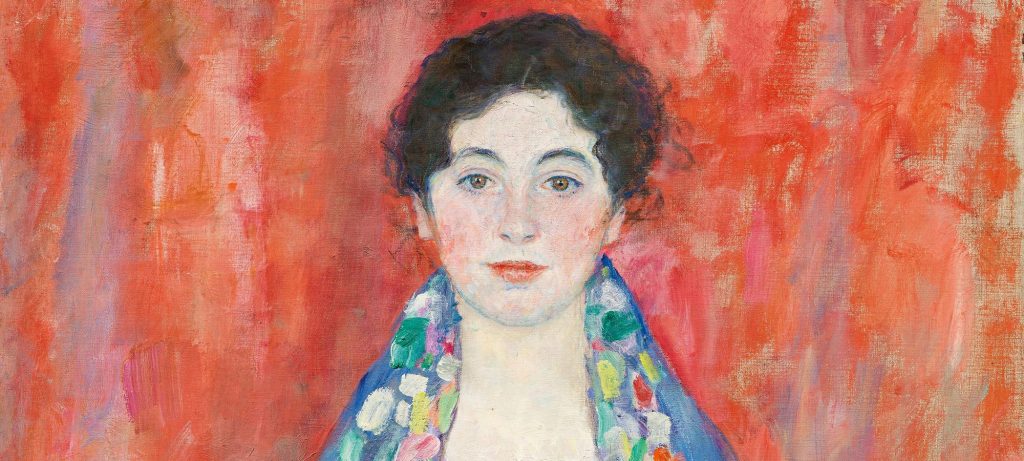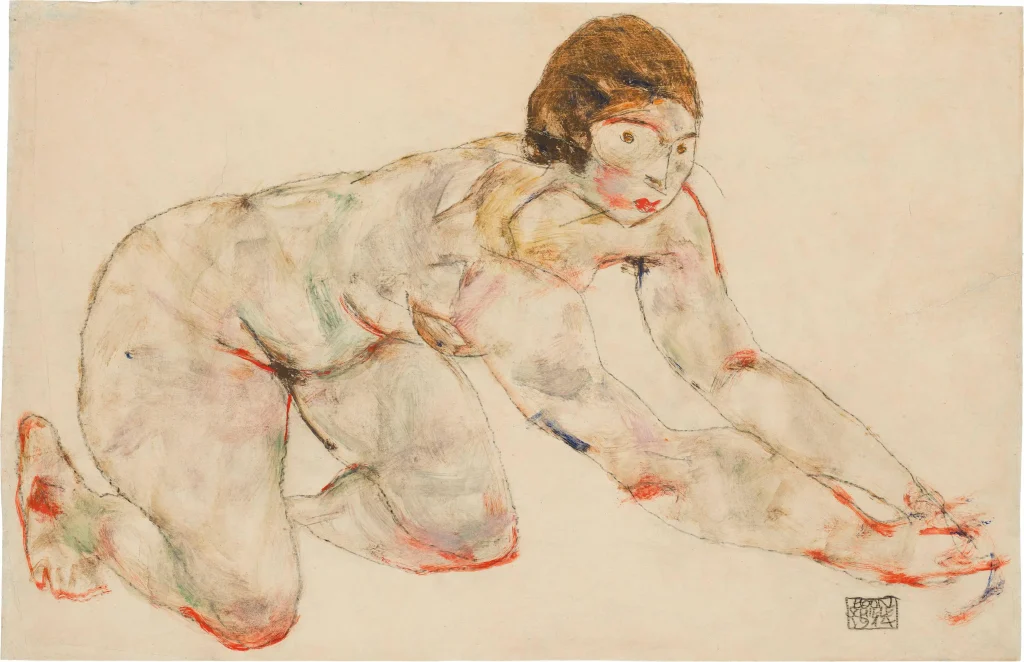The Intersection of Art and Technology
The Evolution of Art in the Digital Era
In the realm of visual arts, the influence of technology has introduced new dimensions and possibilities for artists and collectors alike. Among these innovations, Non-Fungible Tokens (NFTs) have emerged as a groundbreaking way to authenticate and trade digital art. This article explores how the legacy of Pierre Soulages, an iconic figure in abstract painting, intersects with the digital art world through NFTs.
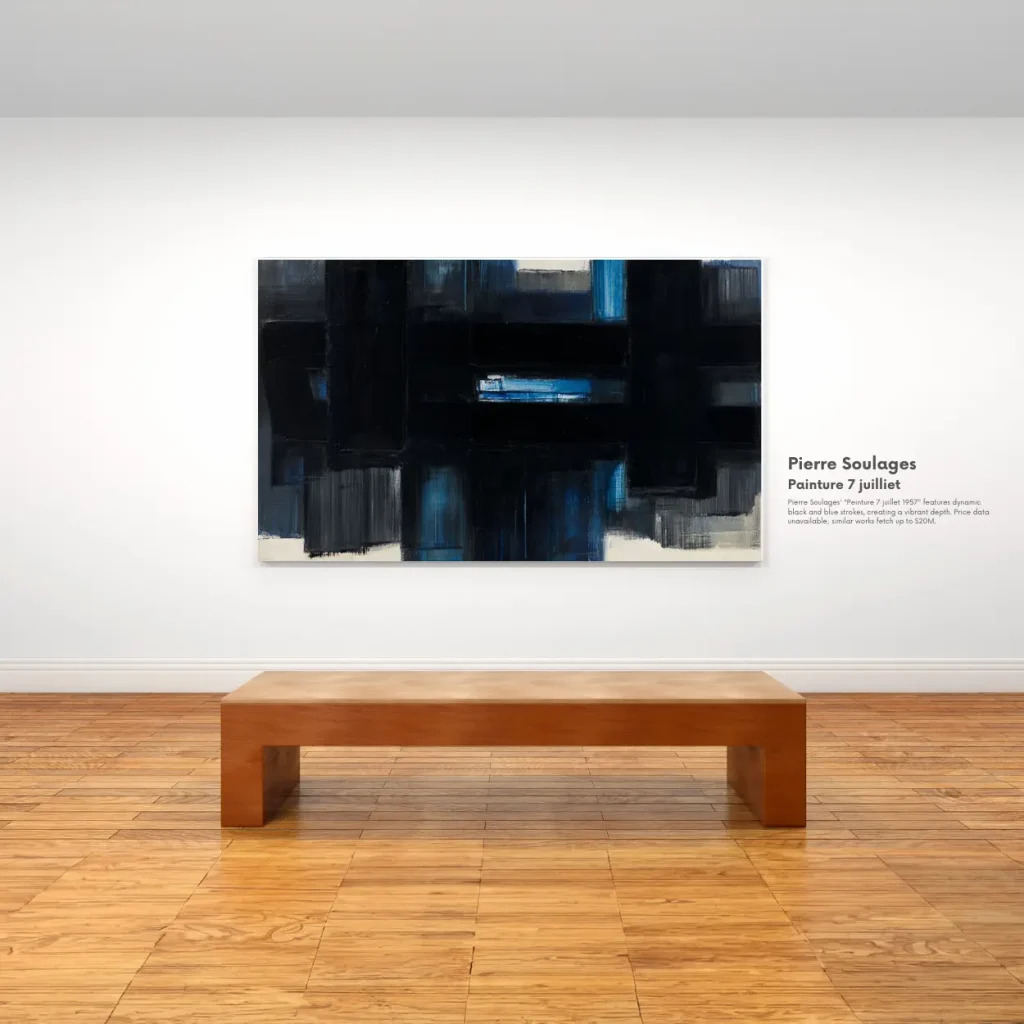
Pierre Soulages: A Pioneer of Abstraction
Pierre Soulages, often referred to as “the painter of black,” revolutionized the use of black in painting. His series of ‘Outrenoir’ works, which translate to ‘beyond black’, highlight the texture and light reflections of black paint, creating a new spatial dynamic in abstract art. Soulages’ commitment to innovation in his approach to the color black has made him a central figure in discussions about the evolution of modern art.
NFTs: A New Frontier for Art Collectors
NFTs are unique digital tokens that exist on a blockchain, providing a certificate of ownership and authenticity for a digital asset. This technology has transformed art collection by enabling the digital verification of ownership and the ability to transfer title without physical possession of the piece. For collectors of modern and abstract art, NFTs offer a new platform to acquire, trade, and exhibit artworks.
Merging Traditional Art with Digital Innovation
The question arises: how can traditional artworks by artists like Pierre Soulages be integrated into the NFT space? One approach is the digitalization of classic artworks, turning them into digital assets that can be collected and traded as NFTs. This not only preserves the legacy of artists like Soulages but also connects them to a new generation of art enthusiasts who operate in digital marketplaces.
Case Studies and Implications
Several museums and galleries have begun experimenting with NFTs to reach broader audiences and generate new revenue streams. For example, digital versions of famous paintings can be sold as limited edition NFTs, creating a bridge between traditional art collectors and the digital community.
Conclusion
The integration of Pierre Soulages’ art into the NFT world represents a compelling fusion of tradition and modernity. As we continue to explore the potentials of NFTs, it’s clear that the boundaries of art are expanding, making it more accessible and adaptable to the digital age. The legacy of artists like Soulages will likely gain new dimensions as their work becomes part of this digital transformation.


